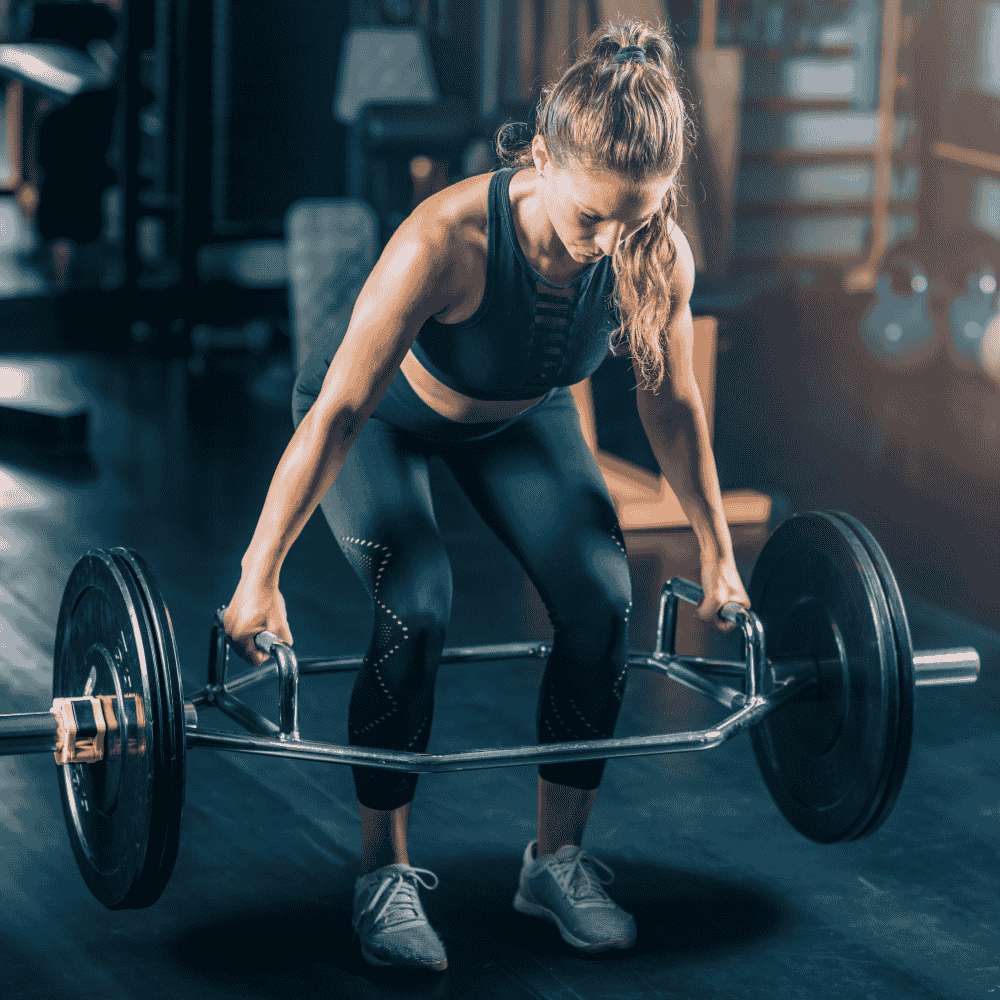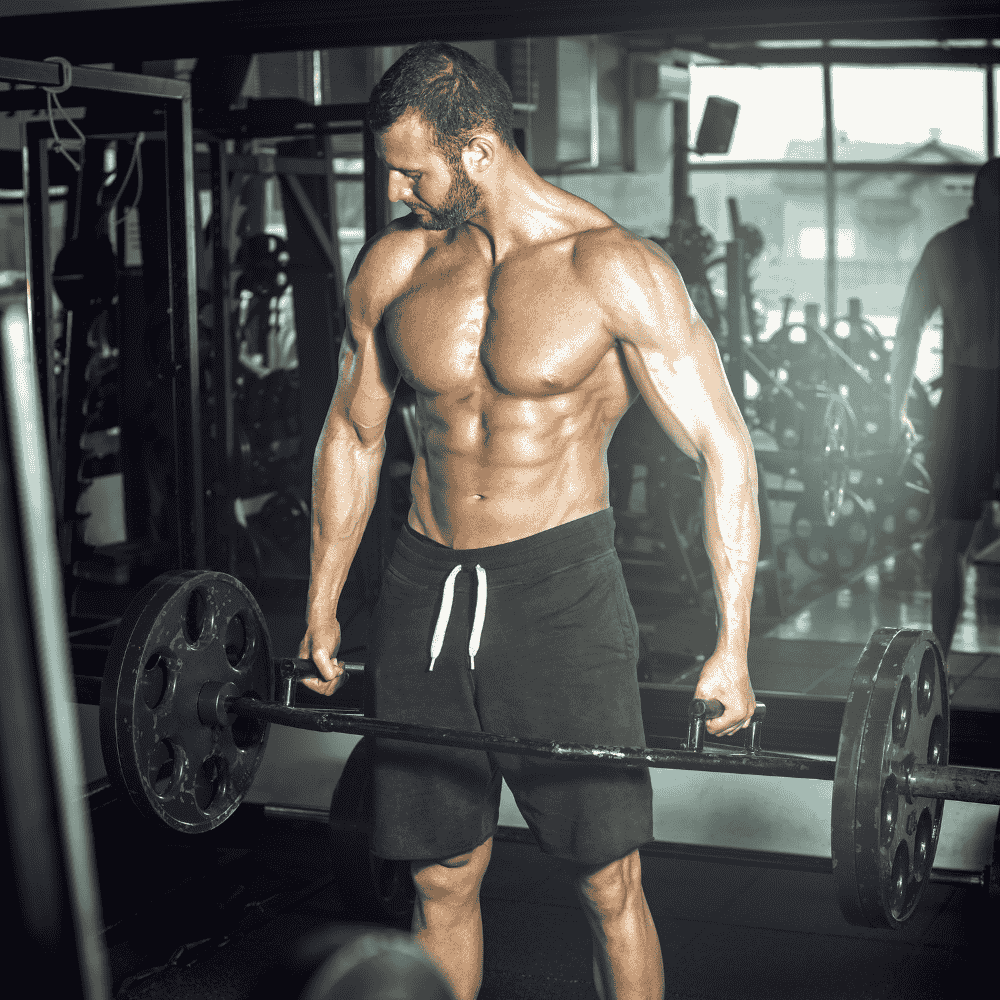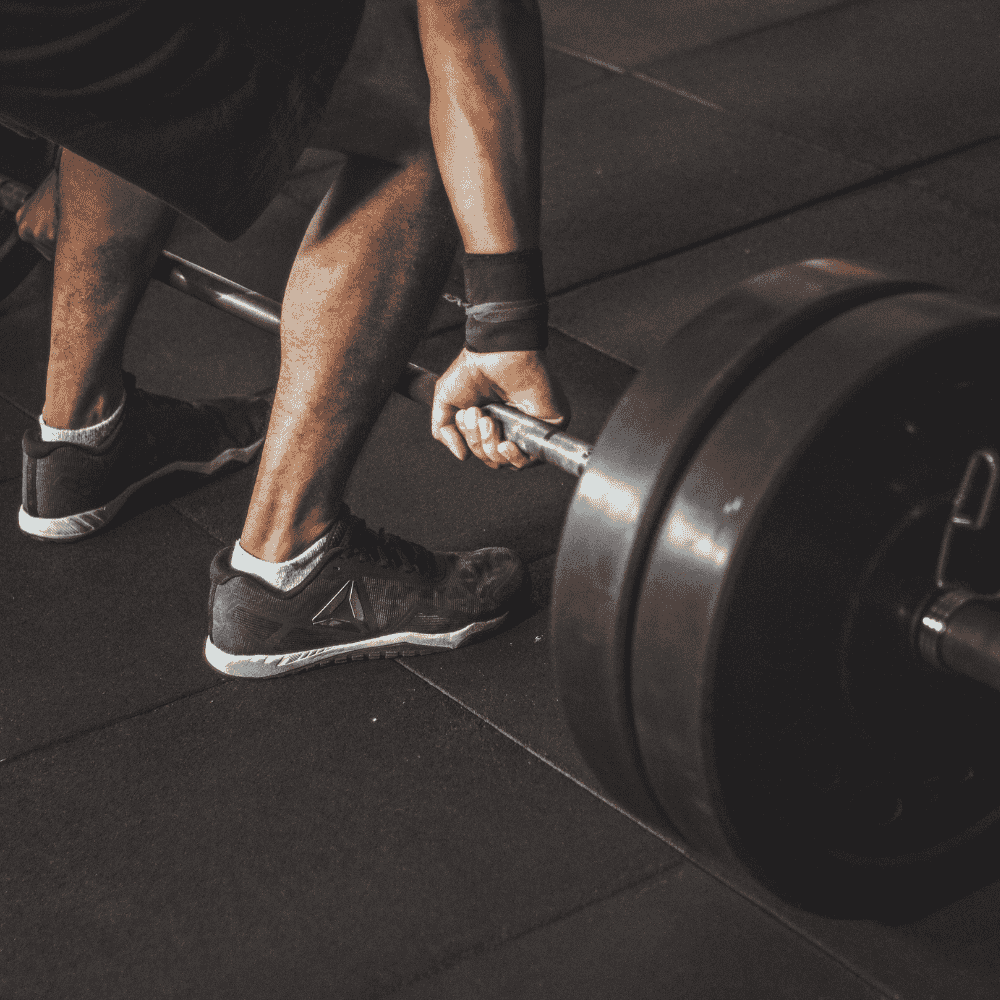When you first start strength training, you’ll quickly come across the terms push and pull.
These words describe the type of movement your muscles perform and help structure effective workout routines.
If you’ve ever asked yourself what are pull muscles and how they fit into your training, this guide breaks everything down.
What Are Pull Muscles?
Pull muscles are the muscle groups that contract when you pull something towards your body.
These muscles work during pulling movements, such as lifting, rowing, or curling, and are essential for posture, strength, and functional daily activities.
The main pull muscles include:
Back muscles – such as the latissimus dorsi, rhomboids, and trapezius.
Biceps – responsible for flexing the elbow during pulling movements.
Forearms and grip muscles – supporting the ability to hold onto weights.
Rear deltoids – located on the back of your shoulders, helping with rowing and pulling motions.
These muscles are often trained together in a structured push pull workout routine.

The Difference Between Push and Pull Training
In strength training, exercises are usually grouped by movement type:
Push exercises – Chest press, shoulder press, squats (pushing away from the body).
Pull exercises – Pull-ups, rows, bicep curls (pulling towards the body).
By dividing workouts this way, you avoid overtraining a single muscle group and promote balanced development.
Why Training Pull Muscles Matters
Understanding and strengthening pull muscles is vital because they:
Support good posture by keeping the shoulders back.
Improve pulling strength for exercises like pull-ups and deadlifts.
Balance out push muscles (chest and shoulders) to reduce risk of injury.
Build a stronger back, which enhances overall athletic performance.
Neglecting pull muscles can lead to imbalances that cause rounded shoulders or lower back strain.
Popular Pull Muscle Exercises
Some of the most effective exercises that target pull muscles include:
Pull-ups and chin-ups
Seated cable rows
Deadlifts
Lat pulldown
Bicep curls
These movements form the foundation of any muscle building workout designed to develop strength and size.

The Push Pull Leg Workout Routine
One of the most efficient ways to structure training is with a push pull leg workout routine. This splits workouts into three categories:
Push day – Chest, shoulders, and triceps.
Pull day – Back, biceps, and rear delts.
Leg day – Quadriceps, hamstrings, glutes, and calves.
This style of training is popular for muscle growth because it allows you to hit each muscle group multiple times per week while still giving them enough recovery time.
Example Exercise Schedule for Muscle Gain
If your goal is muscle gain, consistency and progressive overload are key. Here’s an example exercise schedule for muscle gain using the push-pull-legs approach:
Day 1 – Push: Bench press, overhead press, incline dumbbell press, tricep dips.
Day 2 – Pull: Pull-ups, bent-over rows, lat pulldown, barbell curls.
Day 3 – Legs: Squats, Romanian deadlifts, leg press, calf raises.
Day 4 – Rest
Day 5 – Push: Incline bench press, shoulder press, lateral raises, tricep pushdowns.
Day 6 – Pull: Deadlifts, seated rows, face pulls, hammer curls.
Day 7 – Fitness leg day: Lunges, hip thrusts, Bulgarian split squats, hamstring curls.
This structure ensures that all major muscle groups are trained twice a week, which is ideal for hypertrophy (muscle growth).
Tips for Building Muscle with Pull Exercises
To get the most out of your pull workouts:
Use progressive overload – Gradually increase weights or reps.
Focus on form – Avoid swinging during rows or pull-ups.
Balance volume – Match your push and pull training for symmetry.
Don’t skip leg day – A complete fitness leg day supports overall strength.
Fuel your body – Nutrition and recovery play as big a role as training.

Final Thoughts
So, what are pull muscles?
They’re the key muscles responsible for pulling movements, including your back, biceps, and forearms. Strengthening these muscles through a structured push pull workout or push pull leg workout routine ensures balance, better posture, and steady progress in your muscle building workout plan.
Whether you’re a beginner or advanced lifter, including both push and pull days alongside a dedicated fitness leg day is the most effective way to gain strength, muscle mass, and overall fitness.









